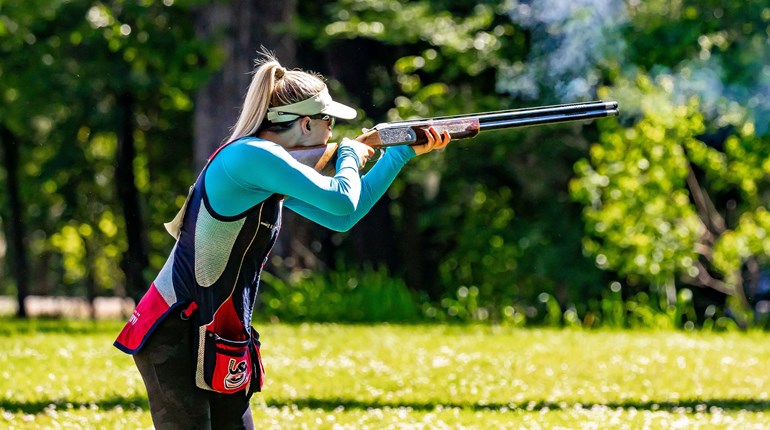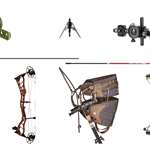It’s a simple story, old as the prairies. A boy and his Labrador go hunting. The dog smells birds, grows animated and plunges into heavy cover. The boy, equally animated, follows, hands sweaty on the shotgun. “Git ’em boy! Git ’em!” The dog knows something is in there, and the boy can tell from all the thrashing and wriggling. The Lab narrows the search, tail thumping ever faster, dives toward the heart of the intoxicating perfume and pushes a cackling kaleidoscope of ringnecked rooster into the crisp October sky. Oh my.
The boy shoots. Misses. Gathers himself. Shoots again—and the pheasant tumbles. Dog is on it in a second, scooping 2 1/2 pounds of downy heft into its mouth and carrying it to the young master. The boy doesn’t know what to hug first, the bird or the big yellow dog, so he grabs them both, his heart filled to near bursting.
Life-changing events like that still happen from time to time, yet there are certain dog trainers who discourage their retrievers from flushing birds. That sounds like the waste of good potential to me.
My first Lab was a pheasant-finding machine. With Teal on its tail, no rooster was safe until it nestled in my game bag. But, I’ll confess, Teal was just a mediocre duck dog, primarily because I didn’t train her as a classic retriever. No blinds, no hand signals. We just went hunting. Ducks in the morning, pheasants in the afternoon. Over her career Teal scooped up pheasants, bobwhites, sharptails, prairie chickens, gray partridge, most species of puddle duck, Canada geese, snow geese, fox squirrels, cottontails and a white-tailed jackrabbit. We won’t talk about the skunk.
A cornucopia like that satisfies an old country boy, but might not appeal to the field-trial trainer who doesn’t want to risk compromising his no-slip retriever. A dog allowed to chase birds might be more likely to break when marking. It’s a philosophy akin to not letting pointers retrieve lest they break point. Understandable. If you’re bent on winning field trials with limited goals, you are excused from this class. But the rest of us—the everyday, catch-as-catch-can hunters happy to pursue any winged game—can only benefit from a retriever that does more than fetch. Unless Dog smells, finds and forces birds into flight, there’s nothing to fetch.
Face it: Hunting opportunities and free-range upland birds have become so hard to find across much of our over-civilized America that few of us can afford to specialize in pure retrievers. Nor do our dogs want us to do so. Anyone who thinks his dog is overwhelmed with a few weekends of duck hunting each year has never seen a Lab spinning circles at the back door. Our retrievers want to hunt! Why not let them? Dry land or wet, our pups are ready and eager to hunt flying game. We can train them to do that.
Whether your dog is a Labrador, golden, Chesapeake, curly-coated or flat-coated retriever, or even a poodle, training him to hunt upland birds is about as easy as letting him. A snootful of bird scent and Dog will be all over it. That’s the problem. This instinct to search and chase must be managed or Dog will clear the field before you get within gun range.
Proper management starts with basic control commands, like “stop.” If you can teach Dog to stop on command every time, guaranteed, you’re halfway home. Flushing breeds like springer spaniels are taught “hup.” (I think it’s Brit for “sit.”) Call it what you like, but teach it, reinforce it, and don’t hunt without it. When you give the command, Dog must stop and sit. Later he’ll learn to watch the flying birdy. This helps him mark.
Once he’s sitting and staying on “hup” command, introduce distractions: running kids, passing cats, flitting robins. Grab some pigeons and turn them loose right under his nose. Don’t let Dog break. Reward with praise or treats until he’s solid. Then you can begin rewarding with retrieves. Command “hup,” toss a bumper, make him hold for 15 or 30 seconds, then send him for the retrieve. Move to birds. Never let him fetch anything if he breaks. Later you can overlay the flying bird with the “hup” command until Dog understands that a bird bursting airborne means “hup.” Perfect. Each bird gives the “hup” command. What could be better?
To fine-tune Dog, limit his hunting range and teach quartering. Clip about 20 yards of rope to his collar. Each time he nears the end of it, give a turn command (voice or whistle) and start walking the opposite direction. He’ll soon figure out the turn command means Master is moving on a new line and he’d better, too. Whenever you notice him looking back at you, support that by giving a hand signal in conjunction with your audio turn command and walk that direction. This teaches him to stay in touch and check back frequently. What you don’t want is a dog so preoccupied with hunting that he forgets he’s part of a team. You want him to rely on you at least in part to help him find birds. Toward this end, hide a few pigeons in launchers. Guide Dog to the area with a combination of lead rope, turns and hand signals. When he moves where you indicate he should and he finds the bird, launch it to reward him for paying attention. A few of these and he’ll figure out that it pays to pay attention to the boss. He’ll begin to understand that you’re a team.
Dozens of books and training regimens can be used to develop a flushing retriever. All work to varying degrees. Try a few and add an exciting dimension to your retriever’s hunting life. It’ll renew the pup in him and bring out the boy or girl in you.




































